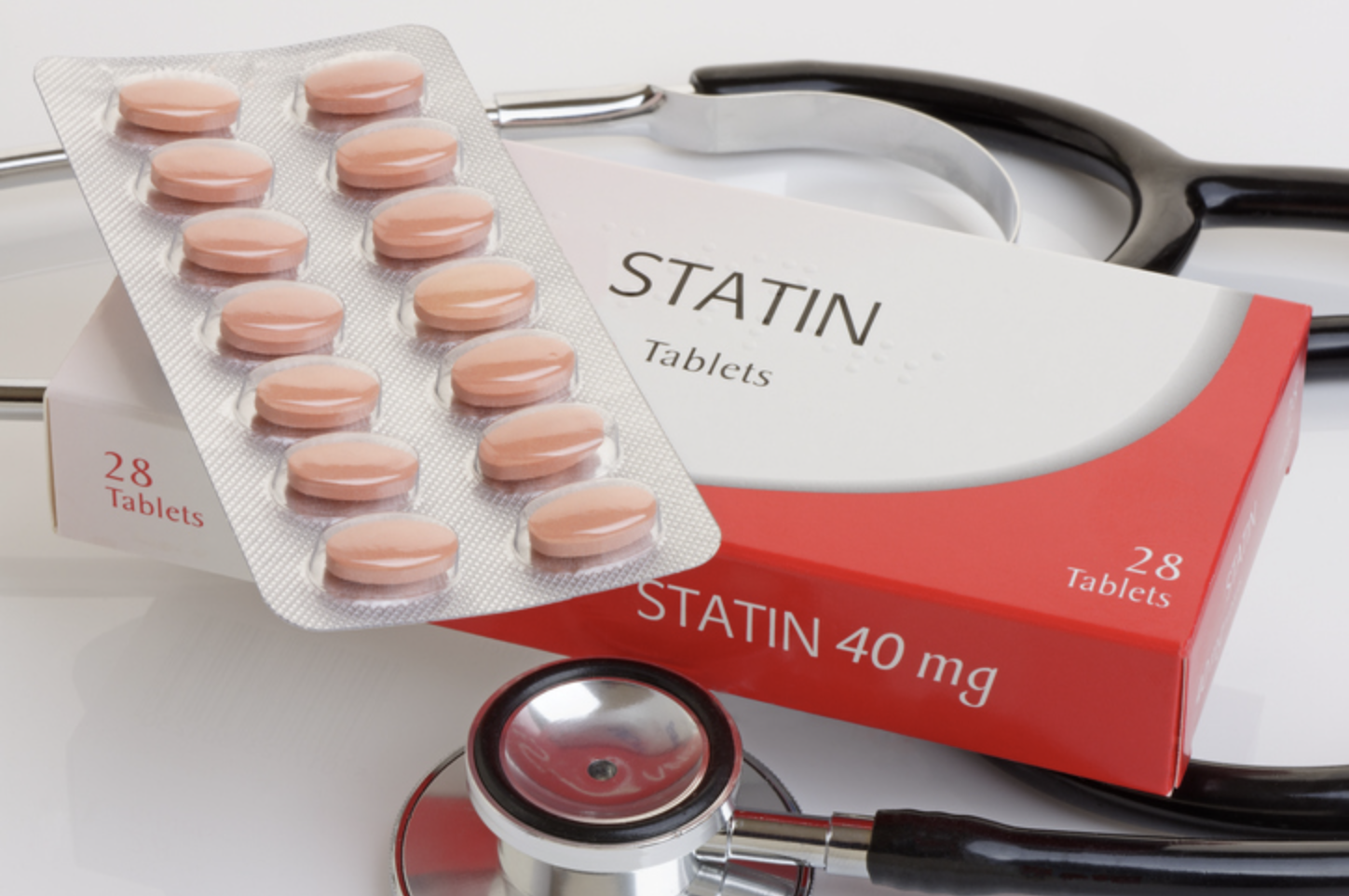 |
| Statin use associated with certain ocular conditions. Photo: Getty Images |
With so many patients on statin therapy to improve and protect heart health, it’s imperative that researchers continue to study the effects of this medication on structures in the body, including the eye. Statins are known to have a biphasic dose-dependent effect on angiogenesis, which may put patients on the drug at increased risk for certain ocular events such as hemorrhaging, especially following a procedure.
To determine the clinical outcomes for statin users specifically after pars plana vitrectomy (PPV), a team of researchers conducted a retrospective cohort study on 54,159 statin and non-statin users. They differentiated between one-year postoperative data of both groups and found that, compared with non-statin users, those on statin medication had a significantly higher risk of developing the following conditions: vitreous hemorrhage (risk ratio (RR): 1.15), retinal edema (RR: 1.15), macular puckering (RR: 1.21), intraoperative complications of the eye (RR: 1.47), glaucoma (RR: 1.12), vitreous opacities (RR: 1.42) and ptosis (RR: 1.42).
The findings showed that the statin group was significantly less likely to develop retinal vascular occlusion (RR: 0.7) or lens dislocation (RR: 0.75). No other significant differences in outcomes were noted between the groups.
Statins are one of the most prescribed medications around the world. It’s important to be aware of the potential impacts they may have on patients who are candidates for or have already undergone vitreoretinal surgery such as PPV. Based on this study’s findings, close follow-up may be warranted in these patients to monitor for signs of complications.
Original abstract content © Association for Research in Vision and Ophthalmology 2022.
Song H, Pakhchanian H, Raiker R, et al. Long-term outcomes of statin therapy on vitrectomy: a multicenter electronic medical record cohort study. ARVO 2022 annual meeting. |


